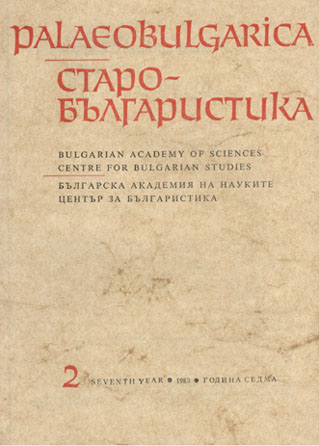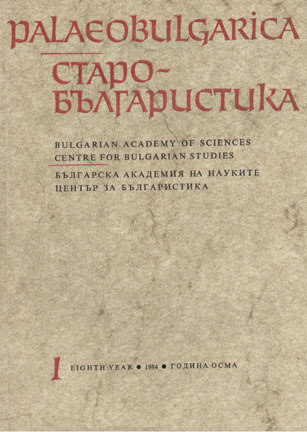
We kindly inform you that, as long as the subject affiliation of our 300.000+ articles is in progress, you might get unsufficient or no results on your third level or second level search. In this case, please broaden your search criteria.





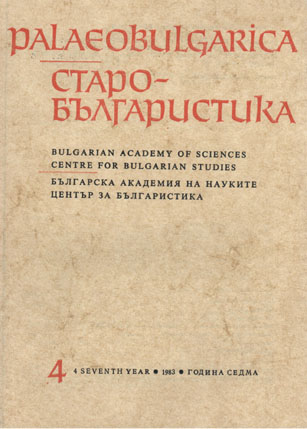


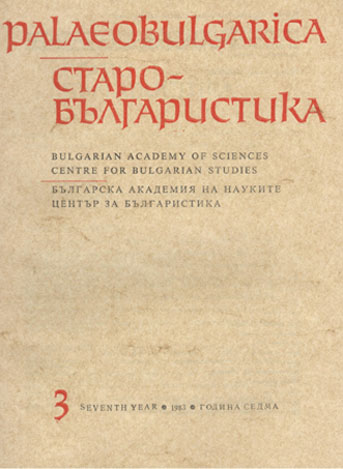



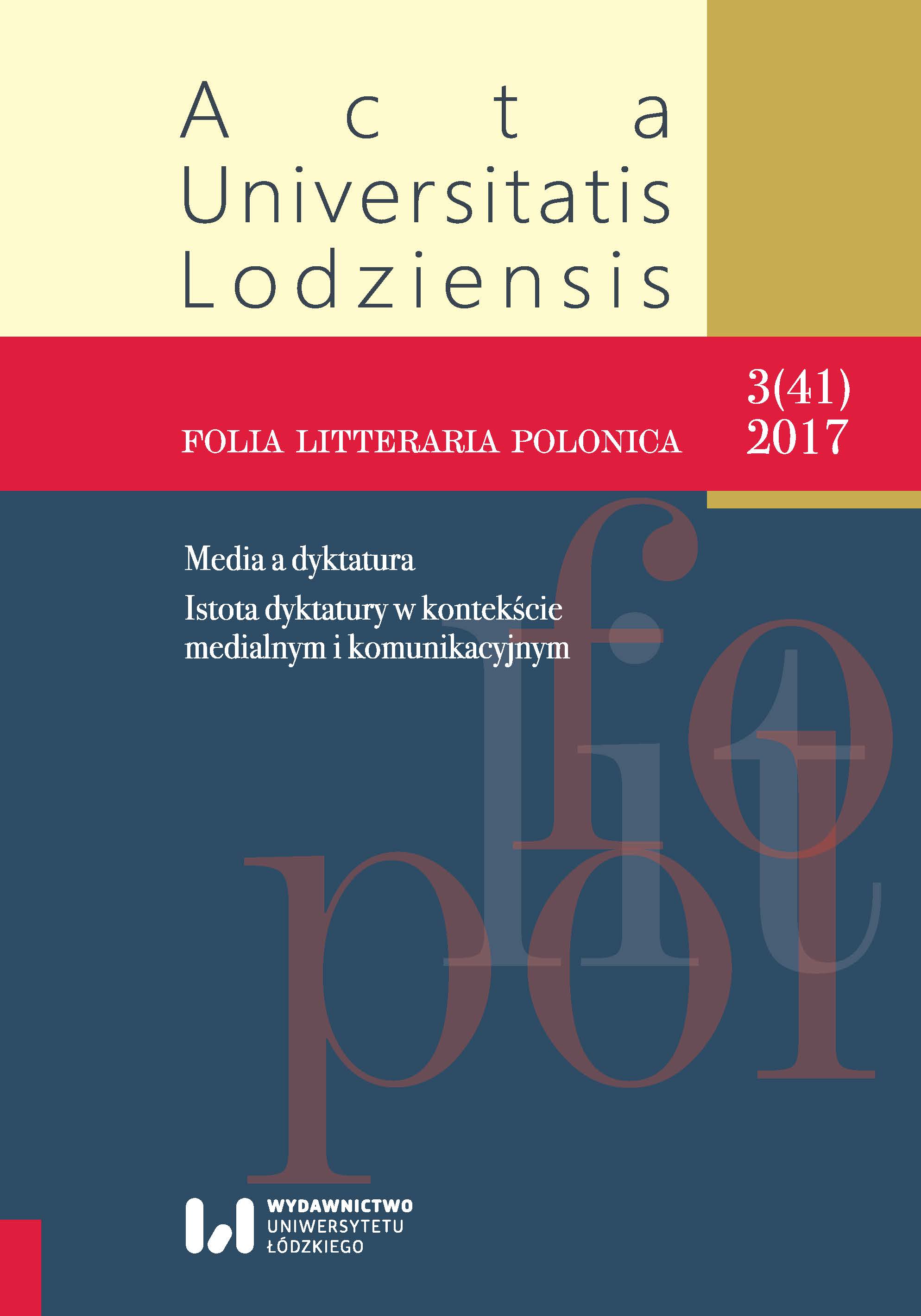
The objective of the article is to analyze the persuasive potential of television, which makes it a useful tool of political propaganda. The starting point is a quantitative and qualitative analysis of the materials broadcast on the public television TVP Info on 10.04.2016, the 6th anniversary of the Smolensk airplane crash. It allows for the identification of specific tools of manipulation used by the broadcaster to shape the public opinion (i.a. gatekeeping, framing, emotionalization of the message), as well as the factors that determine the usefulness of television in political propaganda activities, namely: coverage, accessibility, audio-visual nature and the possibility of controlling the message. The audio-visual nature is especially important in this regard. Because of it, persuasion in television is not based on the exchange of arguments and thoughts and therefore not on the logos, but to a large extent on manipulation through images and symbols, and therefore on the rhetorical pathos. The image simplifies reality, it is suggestive (it transmits information in a direct way, does not leave much room for nuance), it gives the illusion of realism (it creates a belief about the authenticity of the presented event), and removes the variety of cognitive authorities (on the television the image itself is the authority).
More...
The paper presents the results of empirical experimental research on the influence of ambiguity of communication on the message persuasive effect. The results obtained have led, in principle, to the following conclusions regarding cognitive ambiguity phenomena in communication: 1) The higher the message ambiguity means the higher the consensus of the recipients with the communicated content; ambiguity in communication constitutes a specific inhibitor of audience opposition to communicated content. 2) The rule above does not apply to communication in the case of previously polarized attitudes of the audience (ambiguity as a strategy of maintaining the status quo– with its help we will not be convinced until now, but we also do not discourage us). 3) The limitation for the use of ambiguity as a communication strategy calculated on the persuasive effect is the coexistence of messages operating at different levels of ambiguity; The presence of a message that operates the ambiguity of the base level in the message weakens the effect of higher order ambiguity on the agreement reached by the persuasive message. 4) Attitudes shaped by messages operating at a higher level of conceptualization of ambiguity are less resistant to change.
More...
The main research problem presented in this paper is the communication of one of many features of personal image – the trait ‘inquisitive’. The paper presents the results of the research which used quantitative methods and discourse analysis in order to examine what image can be created when somebody is talking/writing about various subjects but not about him/herself. The results of the research shows that it is possible to indicate six ways of communicating “inquisitiveness”: questions, declaration of interest, declaration of information searching, insight/conclusion, multifaceted issue, details.
More...